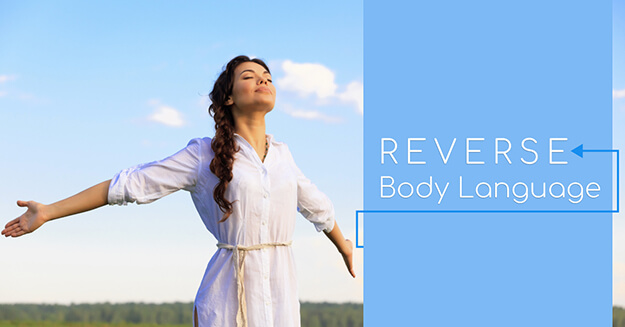
We all know that our emotions reveal themselves through our body language. Many people are skilled at reading the body language of others and discerning their emotional states.
A few weeks ago, we learned from Dr. Paul Ekman’s work that there are about 8 universal emotions that all people across cultures display involuntarily in their body language. These include happiness, sadness, fear, surprise, and disgust.
We now know that the relationship between body language and emotion is a 2-way street. We can put our body in the posture of a particular emotion and consequently influence that emotion.
In DBT we teach 2 specific skills that influence emotion through body posture: Willing Hands and Half-Smile.
Willing Hands creates an openness to ourselves and a willingness to hear and experience what is happening in the moment. This posture can help to diffuse anger.
Half-Smile works the same way. Relax the face and allow a partial smile to form. Anger requires tension. A half smile-requires relaxation. It is difficult to maintain the intensity of the anger while relaxed.
While “reverse body language” is not an official term, it helps illustrate the concept that emotions affect body language (posture) and body posture affects emotions.